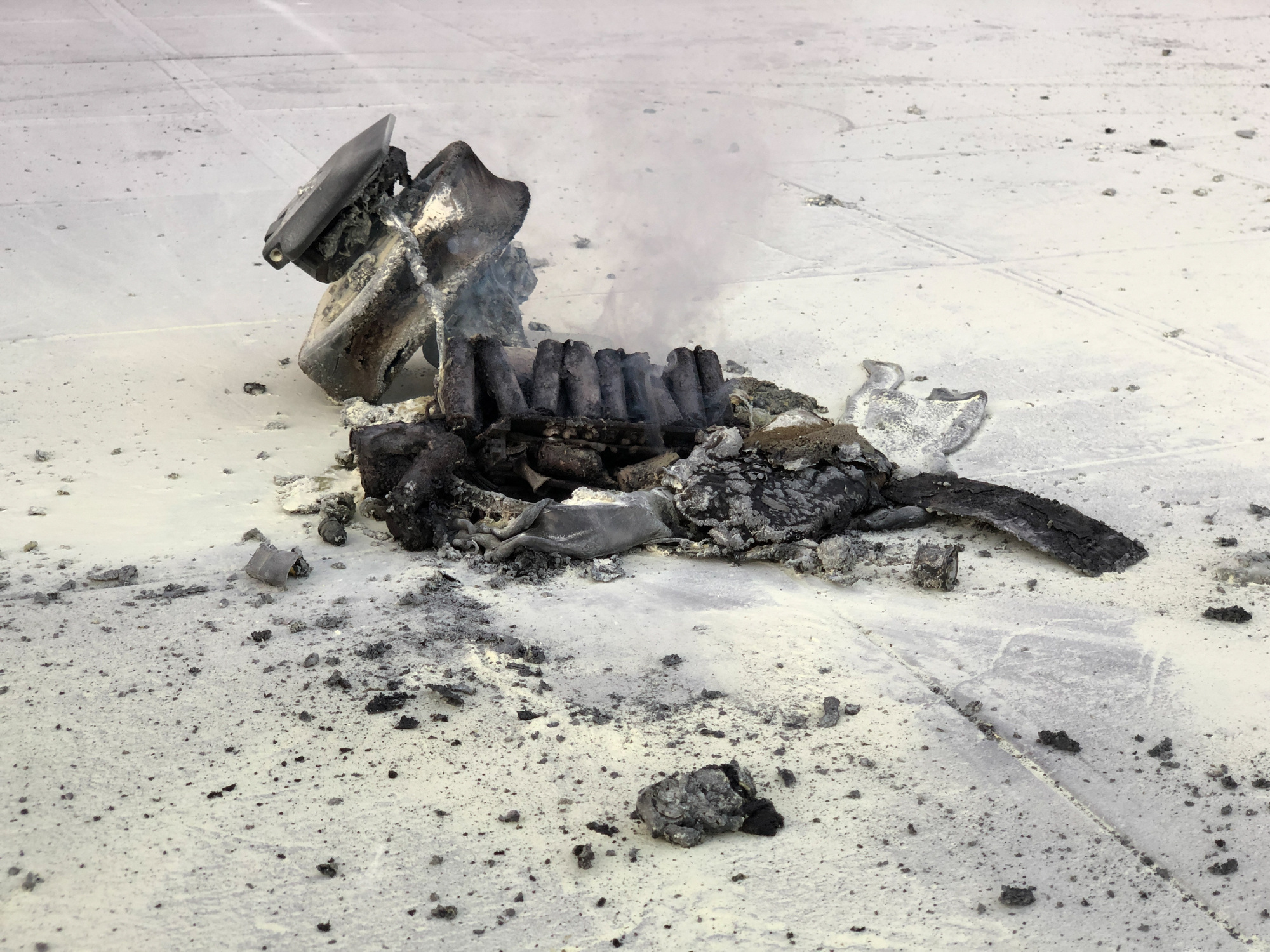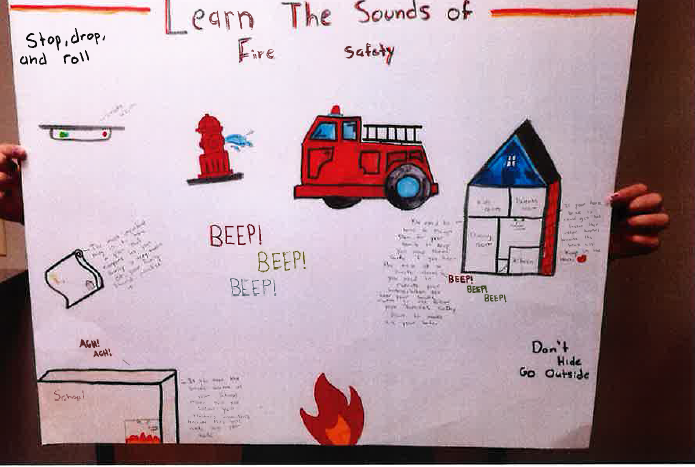The popularity and availability of micromobility products such as electric bikes (e-bikes), electric scooters (e-scooters), and hoverboards have drastically increased in the last several years. These modes of transportation are powered by rechargeable lithium-ion batteries, which can pose a severe fire hazard when damaged or charged improperly.
Lithium-ion battery fire risk
Micromobility products leverage rechargeable lithium-ion batteries, which are generally safe, according to the U.S. Occupational Safety and Health Administration (OHSA). Lithium-ion batteries are also used in cell phones, laptops, tablets, cameras, and power tools. Lithium-ion batteries can be a hazard if:
- they have design defects;
- are damaged;
- are made of low-quality materials;
- are assembled incorrectly; or
- are recharged improperly.
Lithium-ion batteries are made of multiple interconnected lithium cells. Battery overcharging, repeated physical impacts, and exposure to hot or below-freezing temperatures can damage these cells. One of the primary risks related to lithium-ion batteries is a "thermal runway" chain reaction.
"[Thermal runway] is a phenomenon in which the lithium-ion cell enters an uncontrollable, self-heating state," UL Research Institutes explains.
Normally, the heat produced by a lithium-ion cell dissipates harmlessly. But cell damage reduces this functionality, causing the cell to release heat faster than it can dissipate. This overheating can damage additional cells, triggering a "thermal runway" reaction that can result in a fire or explosion. According to the National Fire Protection Association (NFPA), lithium-ion battery fires give off toxic gases and burn extremely hot.
In late 2022, the U.S. Consumer Product Safety Commission (CPSC) called on over 2,000 manufacturers and importers of micromobility products to review their product lines and ensure they comply with relevant UL Solutions safety standards developed to reduce the risk of fires or face possible enforcement action. Since January 2021, CSPC has received reports of at least 208 micromobility fire or overheating incidents from 39 states, killing at least 19 people and injuring 22 others.
"The UL safety standards were developed to reduce the serious risk of dangerous fires with battery-powered micromobility products," CPSC noted in a statement.
Since 2018, HAI Group insureds reported at least two battery-related fires associated with e-bikes and one with an e-scooter. The three incidents resulted in over $75,000 in property damage.
New York City Housing Authority has reported 25 fire investigations involving lithium-ion batteries since 2018. One of these fires resulted in the death of a resident. In October 2022, the housing authority prohibited e-bikes and e-bike batteries in its buildings (a copy of the notice can be found here). In March 2023, New York City Mayor Eric Adams signed legislation that bans e-bikes, e-scooters, and hoverboards that aren't UL-certified.
New York City's legislative action could signify what's to come in more cities and states.
Micromobility fire safety tips for residents and staff

Housing organizations should consult with legal counsel on the potential to ban micromobility products in or around buildings. At a minimum, organizations should implement strict risk control policies around micromobility products. For example, several manufacturers offer lithium battery storage containers and bags designed to contain fires that occur while charging or storing batteries.
Consider sharing these general safety tips to staff and residents (courtesy of CPSC, OSHA, and NFPA):
- Only purchase and use devices, batteries, and charging equipment certified by a nationally recognized testing laboratory (NRTL) such as UL Solutions.
- Always follow the manufacturer's instructions.
- Always be present when charging devices using lithium-ion batteries (never charge while sleeping).
- Only use the battery and charger designed for the device.
- Do not keep charging the device or battery after fully charging.
- Only charge one device or battery at a time to prevent circuit overload.
- Keep batteries at room temperature when possible. Do not charge them at temperatures below 32 degrees or above 105 degrees.
- Do not store batteries in direct sunlight or inside hot vehicles; keep them away from children and liquids.
- Store e-bikes, e-scooters, hoverboards, and batteries away from anything that can get hot or catch fire.
- Only have device repairs performed by a qualified professional.
- Do not put lithium-ion batteries in the trash. Recycling is always the best option. Take the batteries to a battery recycling location or contact your local waste department for disposal instructions.
Stop using the e-bike or e-scooter if you notice any of the following problems with the battery: unusual odor, color change, too much heat, change in shape, leaking, smoking, or not keeping a charge.
Have questions about micromobility safety at your organization? Contact an HAI Group risk control consultant.
Includes copyrighted material from a company under the HAI Group family, with its permission. This post is for informational purposes only and is not intended to provide legal advice, and shall not be relied on as such. We strongly recommend consulting with legal counsel or an appropriate subject matter expert.





